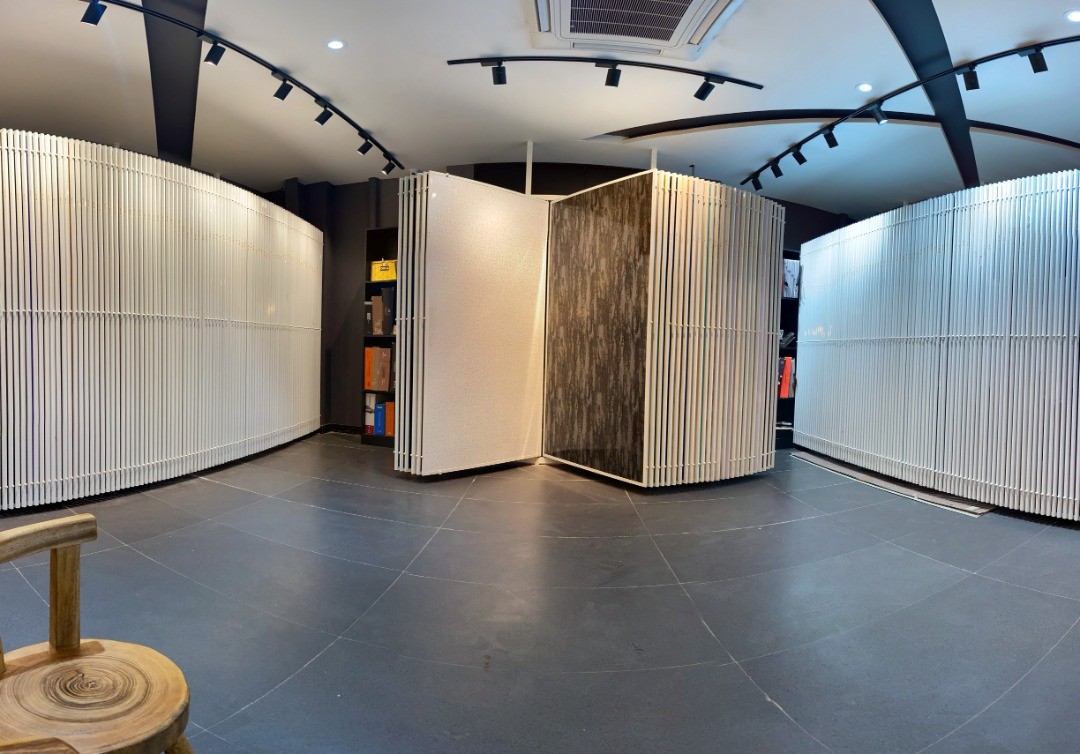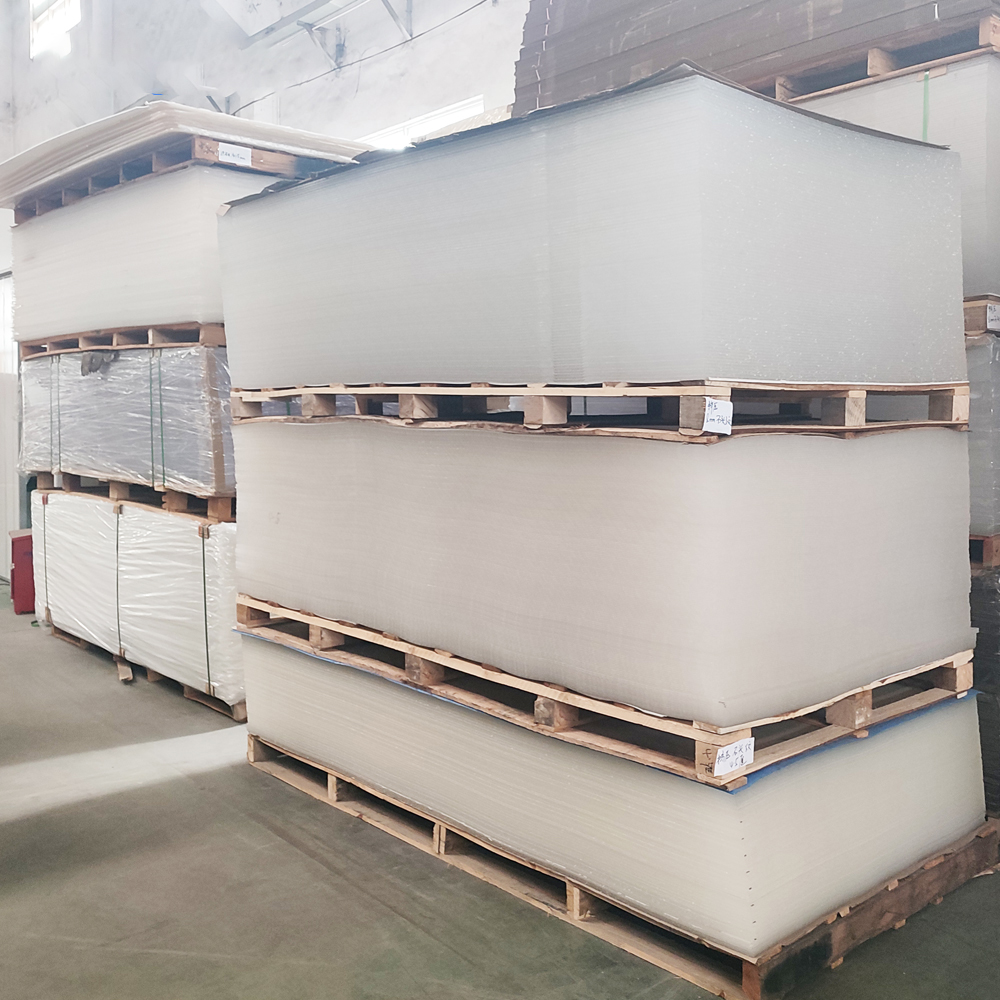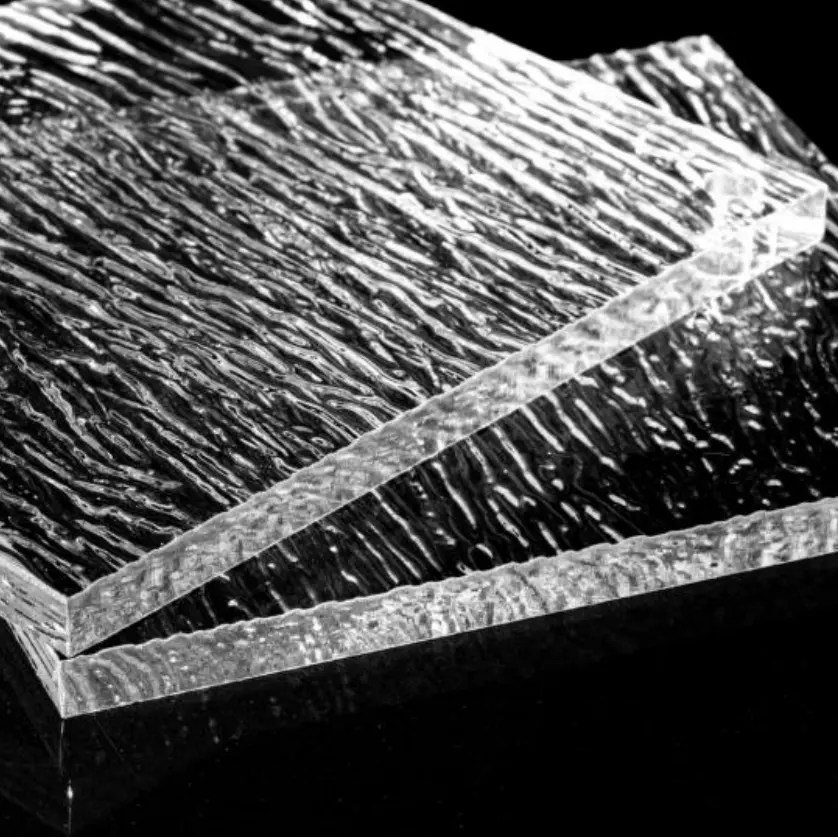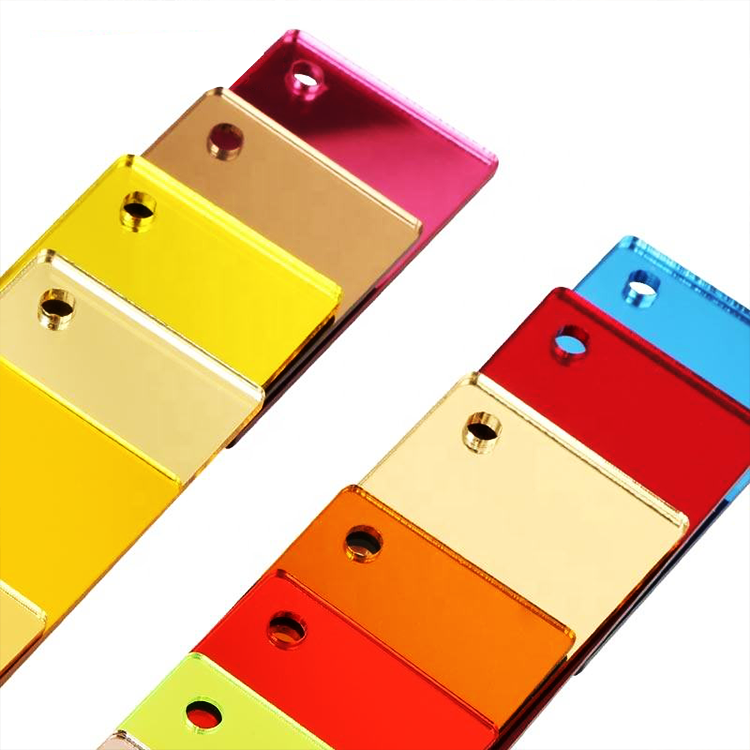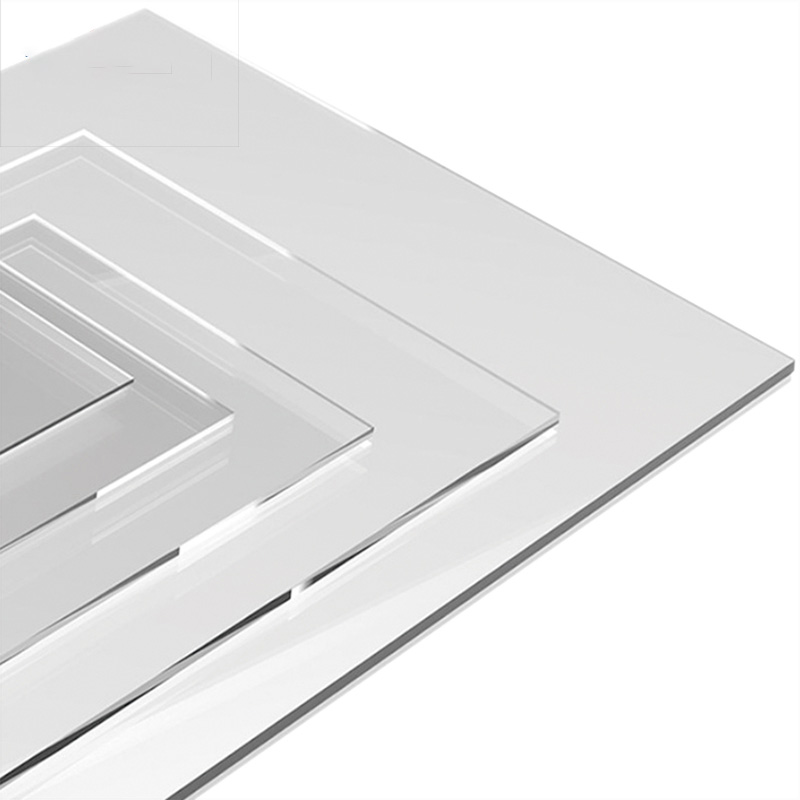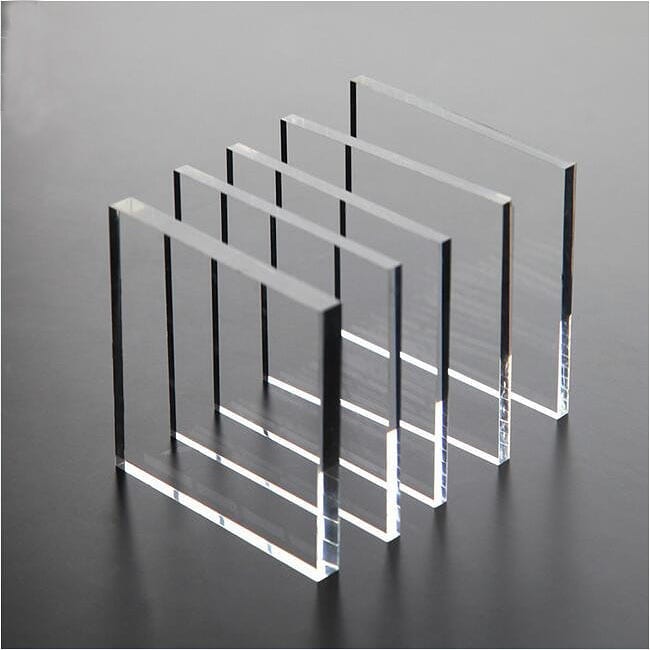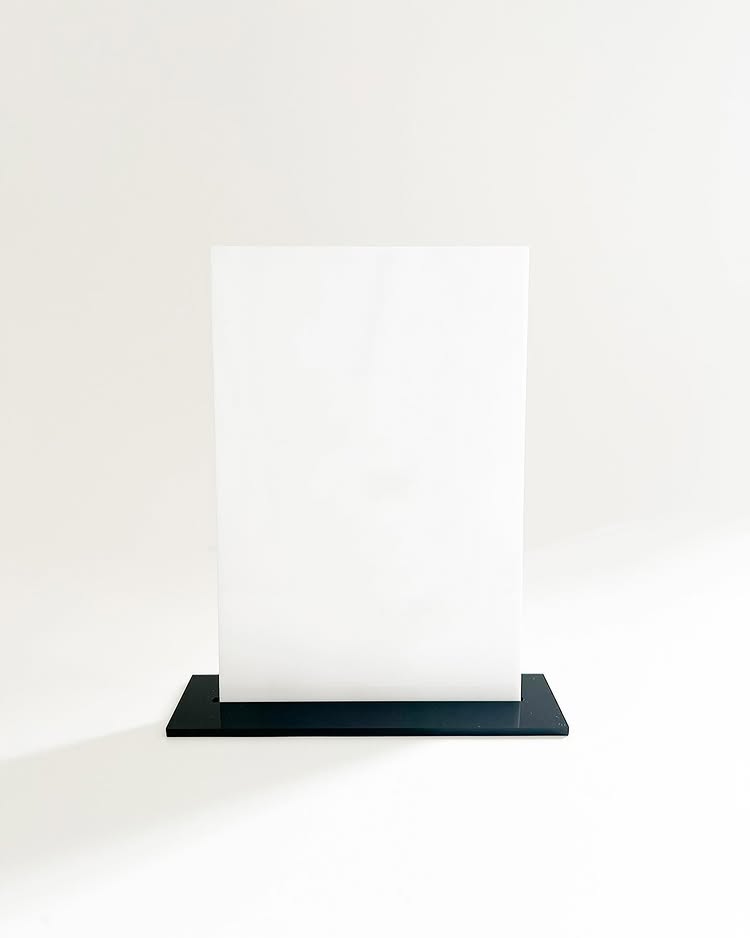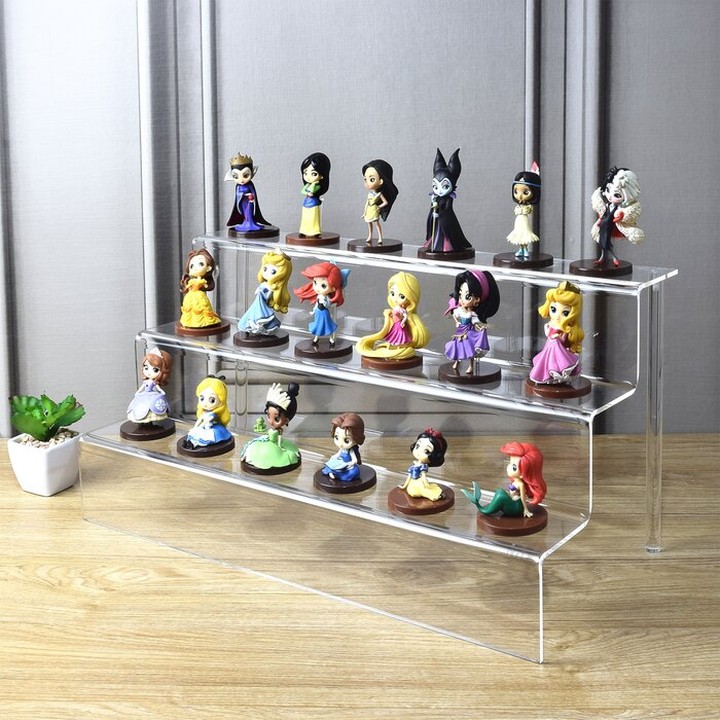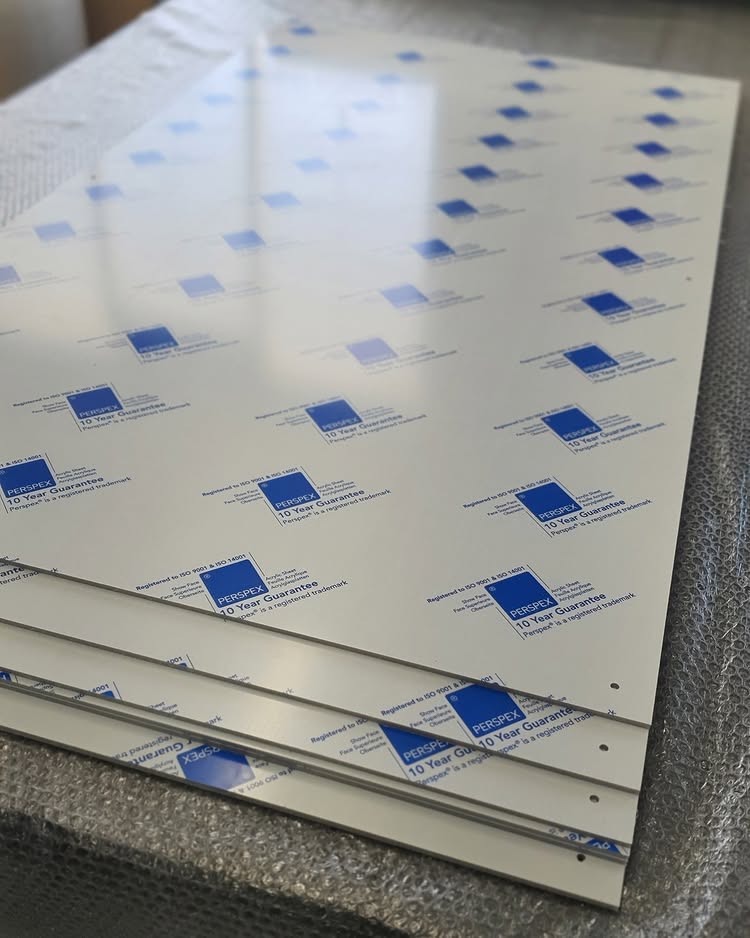Table of Contents
Introduction
Acrylic, also known as polymethyl methacrylate (PMMA), is an exceptional material widely used across multiple industries due to its high durability, optical clarity, lightweight nature, and versatility in design and manufacturing. Compared to traditional materials like glass and polycarbonate, acrylic offers a perfect balance of strength, flexibility, and cost-effectiveness, making it a top choice for applications in signage, retail displays, furniture, automotive components, and even medical equipment.
In this article, we will explore in detail the advantages of acrylic, how it compares to other materials, and why it is the preferred choice for manufacturers across different industries.
What is Acrylic?
Acrylic is a synthetic thermoplastic polymer derived from methyl methacrylate. It is commonly used in the form of acrylic sheets, which can be clear, colored, or frosted, depending on the application. Thanks to its lightweight and shatter-resistant properties, acrylic serves as an excellent alternative to glass and polycarbonate in many industries.
Key Advantages of Acrylic
Durability and Strength
Acrylic is known for its impressive strength, providing long-lasting durability without the fragility of glass. It is highly resistant to impact, with some types of acrylic being up to 10 times stronger than glass. This resilience makes acrylic an excellent option for products that require resistance to scratches, wear, and physical damage.
Versatility in Design and Manufacturing
Acrylic is a highly versatile material that can be easily fabricated into various shapes, sizes, and finishes. From simple cut sheets to intricate designs with complex curves and custom engravings, acrylic can be molded, bent, and thermoformed to meet the specific design needs of manufacturers and designers. It can also be painted, coated, or treated with special finishes for enhanced aesthetics and functionality.
Lightweight and Easy to Handle
Unlike glass, acrylic is lightweight, making it easier to transport, handle, and install. This is particularly advantageous in industries like signage and display, where large sheets of material need to be moved and set up frequently. The lightweight nature of acrylic reduces shipping and labor costs, making it an economical choice for large-scale production.
Transparency and Optical Clarity
Acrylic is renowned for its exceptional optical clarity, often surpassing glass in terms of light transmission. It allows up to 92% of visible light to pass through, providing clear visibility and enhancing the overall aesthetic of products like display cases, signage, and aquariums.
Weather Resistance and Longevity
Acrylic exhibits excellent resistance to UV rays, which helps it retain its transparency and color over time without significant degradation. This makes acrylic an ideal choice for outdoor applications, such as protective barriers, outdoor signage, and windows, where exposure to the sun and weather elements is a concern.
Sustainability and Eco-friendliness
Acrylic is a recyclable material, and many manufacturers today focus on sustainability by using recycled acrylic in their production processes. By choosing acrylic over other non-recyclable materials, companies contribute to reducing plastic waste and promoting environmental responsibility.
Cost-Effectiveness
While acrylic may initially be more expensive than certain other materials, its durability and longevity make it a cost-effective choice over time. Acrylic’s strength and resistance to wear and tear mean that products made from acrylic require less maintenance and replacement, reducing overall costs for businesses and consumers alike.
Acrylic in Different Industries
Retail and Signage
Acrylic is commonly used in retail and signage applications due to its lightweight nature and ease of customization. It is often used for illuminated signs, point-of-purchase displays, and poster frames.
Furniture and Home Décor
Acrylic’s aesthetic appeal, combined with its lightweight properties, makes it a popular choice in furniture design. It is often used in modern furniture pieces, such as tables, chairs, shelves, and storage units.
Healthcare and Safety Equipment
In the healthcare industry, acrylic is used to produce protective barriers, sneeze guards, and medical equipment casings. Acrylic is easy to sanitize, making it ideal for environments where hygiene is a priority.
Challenges and Limitations of Acrylic
Scratch Sensitivity
Although acrylic is highly durable, it is more prone to scratching than glass. However, protective coatings and proper cleaning techniques can help maintain its appearance.
Heat Resistance
Acrylic is not as heat-resistant as some other materials and may warp or deform under high temperatures. This limits its use in high-heat applications.
Chemical Sensitivity
Some solvents and chemicals can cause damage to acrylic surfaces, leading to cracks or clouding. Proper cleaning agents must be used to preserve its longevity.
Conclusion
Acrylic has proven itself to be one of the most versatile and widely used materials in modern manufacturing. Its exceptional durability, clarity, lightweight nature, and adaptability make it an ideal choice for businesses looking to create high-quality, long-lasting products.
By choosing acrylic, manufacturers can enjoy cost savings, increased product lifespan, and enhanced aesthetic appeal while also benefiting from its eco-friendly recyclability. As industries continue to innovate, acrylic will undoubtedly remain a cornerstone material for product development, offering both practicality and aesthetic excellence.
Frequently Asked Questions (FAQs)
What are the main advantages of acrylic over glass?
Acrylic is lighter, more impact-resistant, and more versatile in terms of design and manufacturing. Unlike glass, it is less likely to shatter and can be customized in a variety of ways.
Can acrylic be used outdoors?
Yes, acrylic is highly resistant to UV rays and weather conditions, making it a great option for outdoor applications. It will retain its clarity and color over time, even in direct sunlight.
Is acrylic environmentally friendly?
Acrylic is recyclable, and many manufacturers use recycled acrylic in their products. Compared to other materials like glass or PVC, acrylic is more eco-friendly and energy-efficient to produce.

